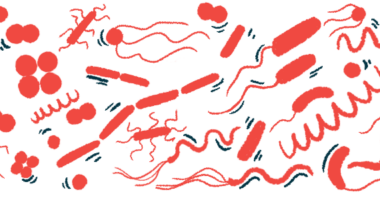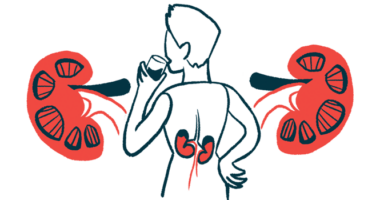PAH cases rise globally in older adults, with women at highest risk
Study spotlights need for better prevention, treatment

From 1990 to 2021, cases of pulmonary arterial hypertension (PAH) increased worldwide among older adults, mainly due to growing aging populations. Elderly women were found to face the highest risk of death, according to data from the Global Burden of Disease Study.
“Our findings provided a novel global perspective on the temporal trends of PAH burden in the elderly population” and “identify gaps in various aspects of prevention, management, and intervention strategies for PAH,” the researchers wrote.
An analysis of the data is detailed in “Worldwide Burden of Pulmonary Arterial Hypertension in Adults Aged 65 Years and Older From 1990 to 2021,” which was published in the Journal of the American Geriatrics Society by researchers in China.
PAH occurs when the pulmonary arteries that carry blood from the heart to the lungs become narrow, increasing blood pressure. This makes it more difficult for the heart to pump enough blood through to the lungs, causing symptoms such as shortness of breath. If left untreated, it can lead to heart failure.
PAH in older adults
Compared with the global average, PAH is much more common in older adults, primarily owing to co-existing cardiovascular disorders.
To understand how the burden has changed from 1990 to 2021, the researchers used data from the Global Burden of Disease — a resource used to understand health challenges worldwide. The goal was to track trends across 204 countries and territories.
The researchers examined how many adults 65 and older had PAH (prevalence), how many new cases occurred (incidence), and how many people died from it. They also calculated disability-adjusted life years, or DALYs — a measure of disease burden expressed as the number of years lost due to disability
Between 1990 and 2021, both new cases and deaths from PAH increased worldwide in older adults. In 2021, there were more than 11,700 new cases and nearly 14,300 deaths from PAH globally. However, when adjusted for age, incidence and prevalence rates stayed relatively stable, while death rates decreased.
In 2021, age-standardized prevalence rates ranged from 3.9 to 23.4 per 100,000 people, with Switzerland showing the highest rate and Pakistan the lowest. New cases also ranged widely across countries — from 0.54 to 3.06 per 100,000 people. Death rates were highest in Mongolia, while Latvia had the largest increase over the years.
In 2021, both the prevalence and incidence of PAH were highest at ages 65–69 and decreased with older age. The number of deaths and DALYs peaked later, at ages 80–84 and 70–74, respectively, and was higher in women than in men. Countries with a higher sociodemographic index — meaning more developed — had lower rates of PAH.
Consistent with an earlier study of heart failure related to PAH, it is projected that by 2050, incidence rates will increase. However, prevalence and death rates will tend toward “a gradual decline on a global scale,” the researchers wrote, possibly due to “widespread adoption of targeted pharmacotherapies.”
Overall, this study provided a global picture of PAH in older adults, while highlighting the need for improved prevention, management, and treatment — especially in lower-income regions where the burden of the disease remains higher.
“These findings hold substantial policy relevance, enabling evidence-based formulation of targeted therapeutic strategies and optimized healthcare resource distribution to address the growing complexities of PAH management … within evolving healthcare systems,” the researchers concluded.








